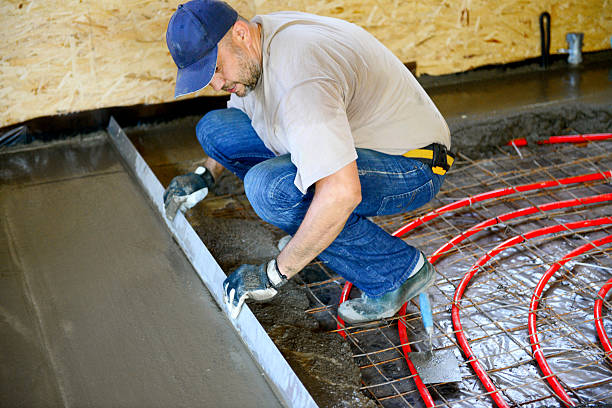As the weather starts to get colder and it's getting harder to enjoy your outdoor space, many people are turning indoors. But if you live in a small apartment or are renting, installing concrete underfloor heating can be challenging!
If you're looking to save energy and money on your home energy bill, installing concrete underfloor heating is a great way to do it. Underfloor heating is a simple and efficient way to keep your home warm without using a lot of energy. Here are some reasons why you should consider installing underfloor heating in your home:
1. Underfloor heating is affordable – If you're looking to insulate your home without spending a lot of money, underfloor heating is a great option. Underfloor heating can be installed for as little as $500, which is significantly cheaper than other types of insulation.
Image source: Google
2. Underfloor heating is environmentally friendly – Underfloor heating doesn't release any pollutants into the atmosphere, which makes it an environmentally friendly choice.
3. Underfloor heating is stable – Underfloor heating systems are very stable and rarely have problems with heat loss or malfunctioning. This means that they're rarely required to be repaired or replaced.
4. Underfloor heating is comfortable – With underfloor heating, you'll never have to worry about being cold in your home again.
Costs of Installing Concrete Underfloor Heating
If you're looking to install concrete underfloor heating in your home, there are a few factors you'll want to consider. The cost of the installation, the types of materials needed, and the time required will all affect the final price. Here's a look at each of those factors.
Types of Materials Needed for Concrete Underfloor Heating
To install concrete underfloor heating, you'll need access to a trench or hole that's at least 8 inches deep and 24 inches wide. You'll also need enough concrete for the entire floor area plus an additional 2 inches on all sides. For larger installations, you may need to purchase additional materials, such as rebar or metal reinforcement mesh.
